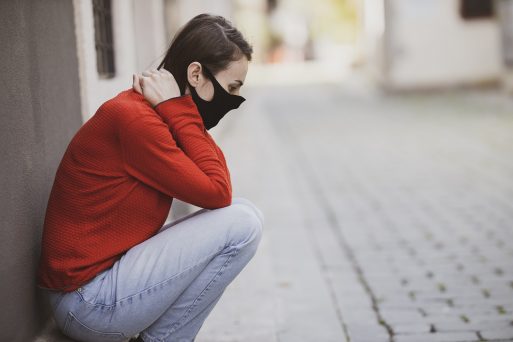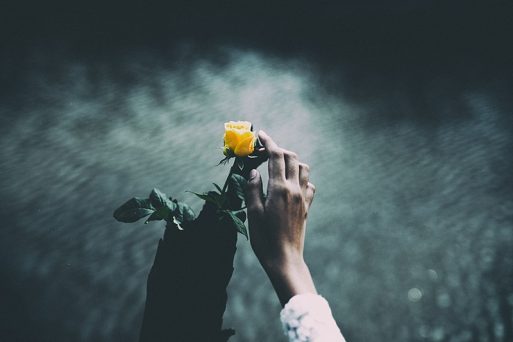
Credit: Engin Akyurt
In the era of social distancing, we’ve been forced to reimagine the rituals in our lives that revolve around physical closeness. Birthday parties are on hold. Graduations are being held over Zoom. Weddings are being postponed. But what about funerals?
When a loved one dies of COVID-19, grief can be compounded by fear and confusion about how to stay safe while honoring the person who has died. It seems reasonable to assume that one should practice social distancing even after death, but this can present difficult decisions: Can I touch my loved one to say goodbye? Should I even be in the same room? Is it safe to have a funeral at all?
Focus on Safety — and Science
COVID-19 is primarily spread via the respiratory system — through droplets expelled by sneezing, coughing and breathing. Because of this, simply being close to a dead body does not present a substantial risk for exposure. However, it’s still important to be cautious when touching or handling the dead.
The Centers for Disease Control and Prevention recommends avoiding any physical contact with the bodies of those who have died of or may have been exposed to COVID-19. Still, many people find comfort and closure through touching their loved ones’ bodies when saying goodbye, and funerary traditions involving touch can be of great cultural importance to survivors. At minimum, disposable gloves should be worn when touching the dead, followed by a thorough hand washing.
Plan a Small (or Virtual) Funeral
It’s important to remember that the greatest risk of transmission is between living people. For this reason, those visiting the dead should still practice social distancing with other visitors and with funeral professionals. That means staying at a distance of six feet, wearing a mask and limiting gatherings to 10 attendants or fewer.
In order to follow these safety measures, some funeral homes have started offering streamed funeral services — often for low or no cost. Families can also set up their own livestream with a little bit of tech savvy. While the prospect of grieving remotely may seem strange, it can also allow mourners to stay connected while processing their feelings in the familiar privacy of their own homes.

There’s nothing wrong with keeping a distance to rule out any chance of exposure, especially for those who are immunocompromised. For many, however — especially those who have been unable to touch the loved one who has died since the virus outbreak began — physical closeness can be an important part of seeking closure.
Ultimately, mourners should observe the physical practices that make them comfortable when it comes to the dead — as long as they are within CDC guidelines.

 How Do We Safely Mourn Loved Ones Lost to COVID-19?
How Do We Safely Mourn Loved Ones Lost to COVID-19?


 National Donate Life Month Reminds Us To Give
National Donate Life Month Reminds Us To Give
 How Dare You Die Now!
How Dare You Die Now!















